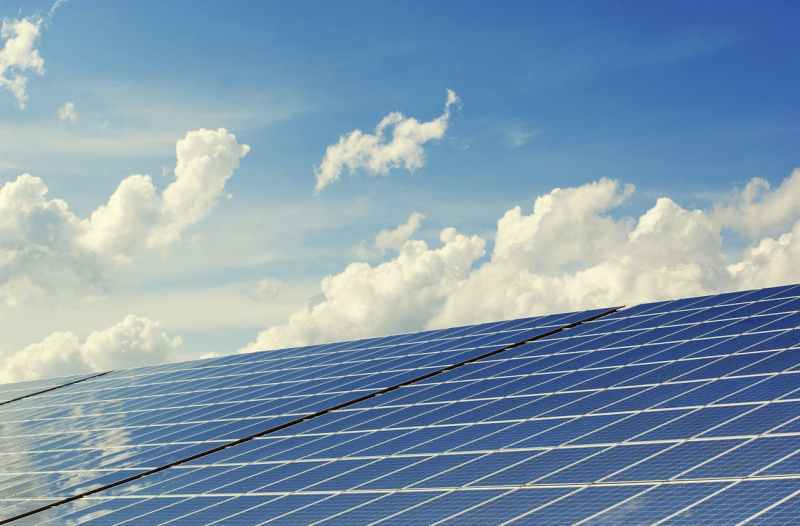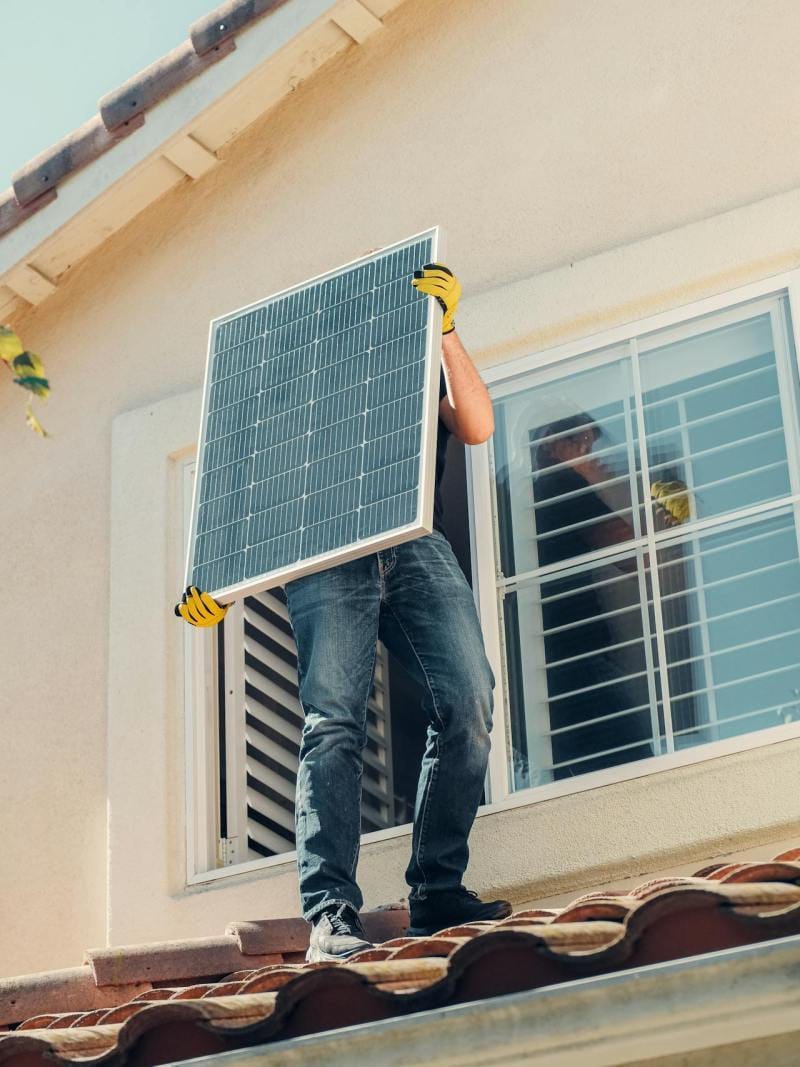What Is a Solar Power System?
A solar power system converts sunlight into electricity using photovoltaic (PV) panels. These panels are made up of solar cells that capture sunlight and convert it into direct current (DC) electricity.
An inverter then transforms this DC into alternating current (AC), which is the type of electricity used in homes and businesses. Most solar power systems can be connected to the grid, allowing excess energy to be fed back, or they can operate off-grid, providing power independently.

Types of Solar Power Systems
Grid-Tied Systems
Grid-tied systems are connected to the local utility grid. They allow homeowners to draw electricity from the grid when solar production is insufficient and to send excess electricity back to the grid, often earning credits or payments through net metering.
Off-Grid Systems
Off-grid systems are not connected to the utility grid. They are ideal for remote areas where grid connection is unavailable or impractical. These systems require battery storage to provide power during periods without sunlight.
Hybrid Systems
Hybrid systems combine elements of both grid-tied and off-grid systems. They include battery storage to provide backup power during outages and can also feed excess energy back to the grid.

Benefits of Solar Power Systems
1. Environmental Impact
Solar power is a clean, renewable energy source. It reduces dependence on fossil fuels, decreasing greenhouse gas emissions and air pollution. Solar energy production generates little to no carbon emissions, making it a key player in combating climate change.
2. Financial Savings
While the initial investment can be significant, solar power systems can lead to substantial savings on electricity bills. Over time, the reduction in energy costs can offset the installation expenses. Additionally, some regions offer incentives and rebates to encourage solar adoption.
3. Energy Independence
By generating your own electricity, you become less reliant on the utility grid. This can be particularly beneficial during power outages or in areas with unreliable electricity supply.

4. Low Maintenance Costs
Solar power systems have few moving parts, which means they require minimal maintenance. Regular cleaning and occasional inspections are typically sufficient to keep the system operating efficiently.
5. Increased Property Value
Homes equipped with solar power systems can see an increase in property value. Potential buyers often view solar installations as a desirable feature due to the long-term energy savings and environmental benefits.

Considerations Before Installation
1. Initial Costs
The upfront cost of purchasing and installing a solar power system can be high. However, various financing options, such as loans, leases, and power purchase agreements (PPAs), can make solar energy more accessible.
2. Sunlight Availability
The effectiveness of a solar power system depends on the amount of sunlight your location receives. Areas with more sunlight will generate more electricity, making solar a more viable option.
3. Roof Suitability
The condition and orientation of your roof are crucial factors. Roofs that are flat or face the wrong direction may require additional equipment or modifications to optimize solar energy production.
4. Local Regulations
Before installing a solar power system, it’s important to check local regulations and permitting requirements. Some areas have restrictions or specific codes that must be followed.
Conclusion
Solar power systems offer a sustainable and cost-effective way to generate electricity. They provide environmental benefits, reduce energy costs, and increase energy independence. By considering factors like initial investment, sunlight availability, and roof suitability, homeowners can determine if solar energy is the right choice for them. As technology advances and costs continue to decrease, solar power is becoming an increasingly viable option for many.
The post How Smart Solar Power Systems Can Benefit Your Home and the Environment appeared first on Moss and Fog.
